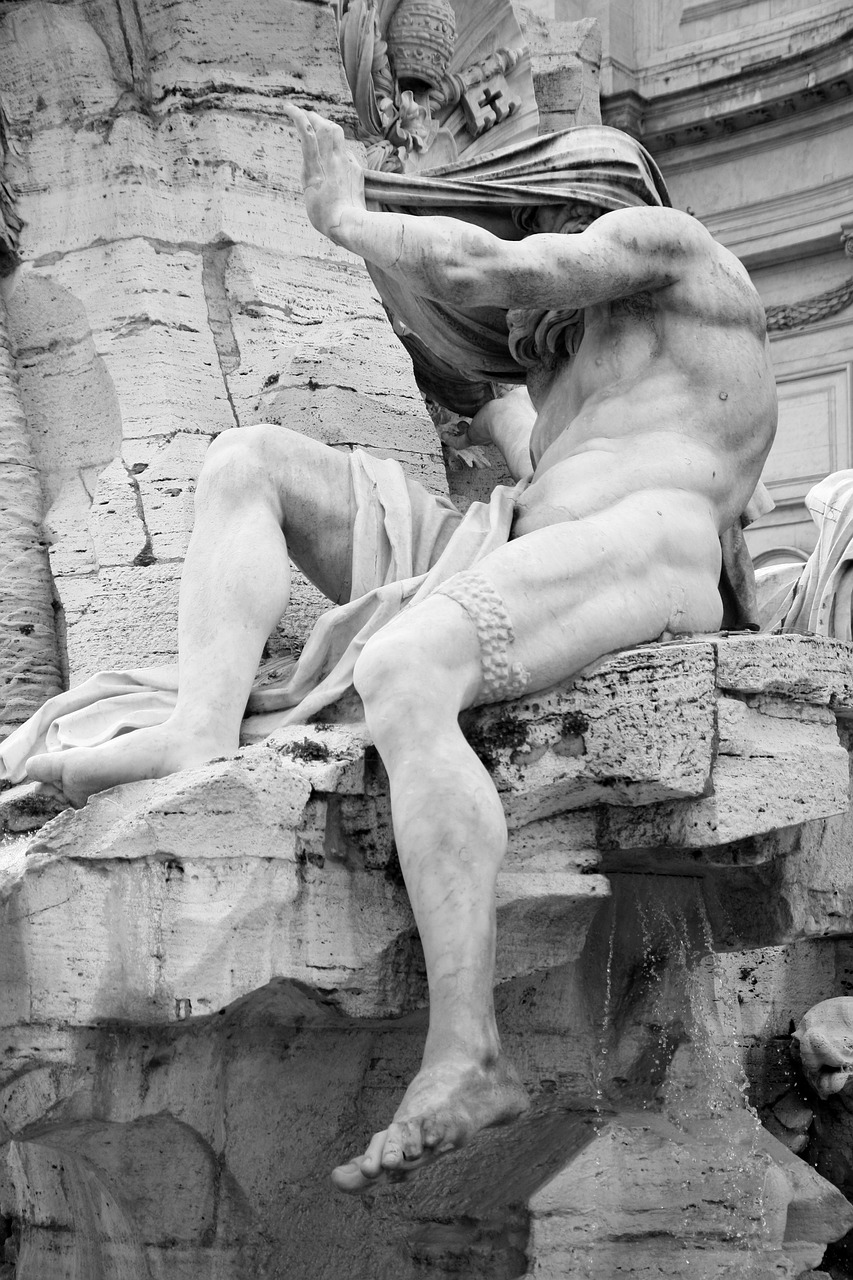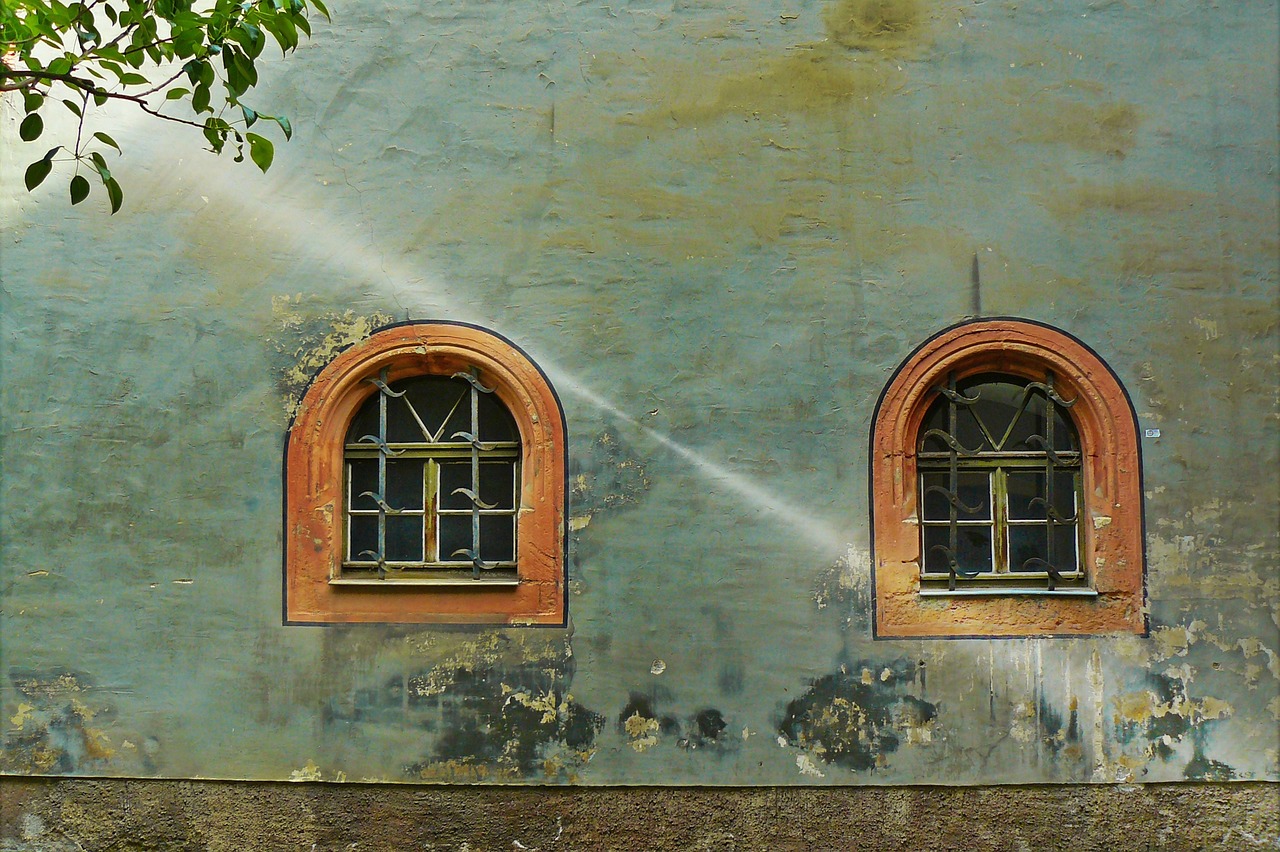With a collection of over 42,000 pieces and a vast exhibition space of 400 square meters, the Silistra Regional Museum of History in Bulgaria offers a captivating journey through the city’s rich archaeological past. Housed in a grand early 20th-century building, the museum is divided into three periods: Prehistoric Age, Antiquity, and Middle Ages. One of the main attractions is the largest Roman stone sundial discovered in Bulgaria, showcasing the remarkable engineering skills of the ancient Romans. The museum also boasts a treasure trove of precious metal grave finds from Roman times and the Middle Ages, including a Roman sports helmet-mask adorned with gryphons and a gold ring belonging to one of the first Christians. Surrounding the museum is a captivating garden arranged as a lapidarium, featuring a variety of architectural remains. Whether you are an archaeology enthusiast or simply curious about Silistra’s fascinating history, this museum is a must-visit destination.
Key Takeaways
- Silistra Regional Museum of History is an impressive building from the early 20th century and houses an archaeological exhibition spread out on an area of 400 sq m.
- The exhibition is divided into periods: Prehistoric Age, Antiquity, and Middle Ages, and the main collection comprises nearly 42,000 pieces.
- The museum showcases various artifacts, including the largest Roman stone sundial discovered in Bulgaria, a Roman sports helmet-mask, treasures of precious metal grave finds, a chariot from a Roman funeral, and a statue of a Roman woman.
- The museum also features collections of gold adornments, seals of Bulgarian and Byzantine rulers, coin collections and treasures, and one of the richest collections of medieval crosses in Bulgaria.
What’s on Display?
The archaeological exhibition at Silistra Regional Museum of History showcases a diverse range of artifacts from various periods, including the Prehistoric Age, Antiquity, and Middle Ages. The exhibition is spread out over a vast area of 400 sq m and features numerous interactive exhibits. Notable pieces include the largest Roman stone sundial discovered in Bulgaria, which holds great significance. Additionally, visitors can admire a Roman sports helmet-mask adorned with gryphons, treasures of precious metal grave finds from both Roman times and the Middle Ages, a chariot from the funeral of a distinguished Roman magistrate, a statue of a Roman woman, and a gold ring that once belonged to one of the early Christians. The exhibition also includes collections of gold adornments dating back to different centuries, seals of Bulgarian and Byzantine rulers, medieval crosses, and a lapidarium containing marble statues, stone slabs, ancient sarcophagi, columns, and architectural remains.
Exhibition Highlights
One notable feature of the archaeological exhibition at Silistra Regional Museum of History is the presence of a massive two-storey building from the early 20th century. This impressive structure, built in 1923-1924, houses the exhibition which covers an area of 400 sq m and is divided into three periods: Prehistoric Age, Antiquity, and Middle Ages. The main collection of the museum comprises nearly 42,000 pieces, including a range of fascinating artifacts. One of the highlights is the biggest Roman stone sundial discovered in Bulgaria, which is given a central spot in the exhibition. Other notable exhibits include a Roman sports helmet-mask with gryphons depicted on it, a chariot from the funeral of a distinguished Roman magistrate, and a gold ring that belonged to one of the first Christians. The museum also boasts one of the richest collections of medieval crosses in Bulgaria, showcasing various cross-making techniques from the 10th-13th century.
| Roman Artifacts | Medieval Crosses |
|---|---|
| Roman stone sundial | Various crosses made of different materials |
| Roman sports helmet-mask with gryphons | Crosses revealing cross-making techniques from the 10th-13th century |
| Treasure of precious metal grave finds from Roman times and Middle Ages | |
| Chariot from the funeral of a distinguished Roman magistrate | |
| Statue of a Roman woman | |
| Gold ring that belonged to one of the first Christians | |
| Collections of gold adornments dating back to the 3rd-4th centuries and 13th-14th centuries | |
| One of the richest collections of medieval crosses in Bulgaria | |
| Exhibiting crosses made of different materials | |
| Revealing various cross-making techniques from the 10th-13th century |
Historical Collections
Featuring an array of captivating artifacts, the archaeological exhibition at Silistra Regional Museum of History showcases historical collections spanning different periods, immersing visitors in a journey through time. The main collection, comprising nearly 42,000 pieces, offers a glimpse into the significance of Silistra in Bulgarian history. One of the notable highlights is the biggest Roman stone sundial discovered in Bulgaria, which occupies a central spot in the exhibition. This remarkable artifact not only showcases the advanced technological knowledge of the Roman era but also sheds light on the importance of timekeeping in ancient civilizations. Silistra’s rich archaeological past is further highlighted through exhibits such as a Roman sports helmet-mask with gryphons depicted on it, a chariot from the funeral of a distinguished Roman magistrate, and a gold ring that belonged to one of the first Christians. These artifacts provide valuable insights into the cultural, social, and religious aspects of the region’s history, making the exhibition a must-visit for history enthusiasts.
Architectural Elements
Exhibiting a stunning array of ancient architectural elements, the archaeological exhibition at Silistra Regional Museum of History unravels the silent stories embedded within these remnants of the past. The museum’s collection showcases various architectural elements that have been meticulously preserved and displayed for visitors to appreciate. These elements serve as tangible evidence of the rich history and cultural heritage of Silistra. The preservation efforts undertaken by the museum highlight the significance of these architectural elements in understanding the architectural styles, construction techniques, and artistic expressions of past civilizations. From marble statues and stone slabs to ancient sarcophagi and columns, these architectural elements offer valuable insights into the architectural achievements of different time periods. By studying and analyzing these remnants, visitors can gain a deeper understanding of the region’s architectural history and its broader cultural significance.
Recommended Places to Visit
To explore the cultural and natural treasures of Silistra, visitors are recommended to visit the Medzhidi Tabiya Fortress, the Holy Trinity Orthodox Church in Alfatar, and the Biosphere Reservation of Srebarna in the village of Srebarna. These sites offer a glimpse into the rich history and natural beauty of the region. The Medzhidi Tabiya Fortress, located in the town of Silistra, is a well-preserved Ottoman fortress that dates back to the 18th century. It is a testament to the region’s historical significance and offers panoramic views of the surrounding area. The Holy Trinity Orthodox Church in Alfatar is another cultural landmark, known for its beautiful frescoes and architectural design. Lastly, the Biosphere Reservation of Srebarna is a UNESCO World Heritage Site that boasts a diverse ecosystem and is home to numerous bird species. Visitors can explore the reserve through guided tours, learning about its cultural and environmental importance.
Frequently Asked Questions
What are the opening hours of Silistra Regional Museum of History?
The Silistra Regional Museum of History is open from May 1 to September 30, Tuesday to Saturday, 9:30-12:00 and 12:30-17:00. In the winter, from October 1 to April 30, it is open Monday to Friday, 9:30-12:00 and 12:30-17:00. The museum does not offer guided lectures in languages other than Bulgarian.
Are the lectures given by guides at the museum available in languages other than Bulgarian?
Multilingual tours are not available at the Silistra Regional Museum of History. Lectures given by guides are only offered in Bulgarian. Language options for visitors are limited to Bulgarian.
Where is the Tourist Information Center in Ruse located?
The Tourist Information Center in Ruse is located at 61 Aleksandrovska Str, Ruse. It is open Monday to Friday from 09:00-18:00 and on Saturdays from 09:30-18:00. For contact, call +359 82 824 704 or email office@visitruse.info. The center provides information about Ruse and its attractions. The website is http://www.visitruse.info/.
What are the contact details for Silistra Museum?
The contact details for Silistra Museum are as follows: Tel: +359 86 822 075, +359 879 20 31 80, Email: museumsilistra@abv.bg, Website: https://www.museumsilistra.com/. The museum’s opening hours are Tuesday to Saturday 9:30-12:00, 12:30-17:00.
Are the images, advertising, and video materials on the museum’s website protected by copyright laws?
The images, advertising, and video materials on the Silistra Museum’s website are protected by copyright laws. However, fair use exceptions may apply for educational purposes, allowing limited use of copyrighted material without permission from the copyright owner.










